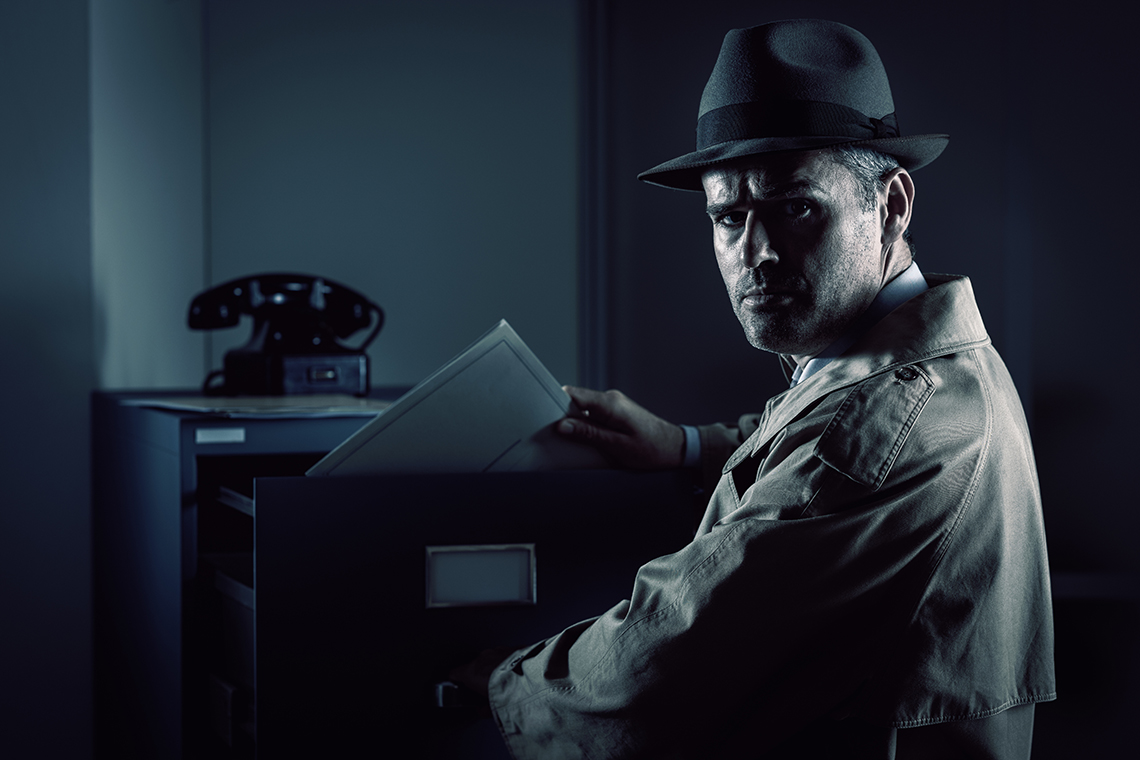 BACK
BACK

05/02/2023
CHARACTERISTICS OF THE EQUITY MARKETS IN THE FIVE MAIN EURO ZONE COUNTRIES.
The stock markets of the five main Eurozone countries, ranked by their production (GDP), comprise almost 2,000 companies accessible to investors. Each has its own distinctive features characteristics, such as tax advantages for large groups in the for large groups in the Netherlands, or a significant renewal of the in Italy. Each also has its preferred sector in terms of the number of number of listed companies.
The top 5 countries in the Eurozone account for 80% of the GDP of this 27-country monetary area. There's no better example of Paretto's Law. Far ahead of France, with wealth production almost 50% higher, Germany nevertheless has 30% fewer listed companies than France. The reason is probably that Germany simply has fewer private companies than France, with just over 3 million and just over 4 million registered entities respectively. German companies are generally larger. The number of SMEs and ETIs is 3x higher in Germany than in France, where VSEs dominate the landscape. This phenomenon is mechanically reflected in the distribution of listed companies by capitalization. Nearly 40% of listed companies in France have a market value of less than €100 million, compared with less than 30% in Germany.
Conversely, the Netherlands leads the way in terms of the proportion of very large companies listed locally. With its advantageous tax system, it has attracted the holding companies of major global groups. 20% of Euronext Amsterdam companies have a market capitalization in excess of 10 billion euros. Profit transfers in the name of intellectual property rights, i.e. the invoicing by holding companies of royalties to their foreign subsidiaries for the use of the group's brand, are legion in this low-tax area. The same applies to the taxation of capital gains and dividends distributed by subsidiaries to their holding companies. And until recently, these large groups were able to negotiate their corporate tax rate with the tax authorities.
ITALY STANDS OUT FOR THE QUANTITY OF IPO AND THE LIQUIDITY OF SMALLCAPS
Another country is an exception. This is Italy, where Euronext has taken over from the LSE. What's striking here is the dynamism of IPOs. 40% of companies listed in Milan have been listed for less than 5 years. In other words, Italy has seen 150 IPOs since 2018, for a total of 440 listed companies today. The liquidity of companies listed in Milan is also 2x higher than in France, Germany or Spain, with a median capital turnover of 35%. The general poor execution of IPO business plans by smallcaps, coupled with the seniority of a large proportion of the listings in these 3 countries, tends to reduce trading volumes. In addition, a high proportion of listed Italian companies regularly issue warrants, which indirectly boosts the liquidity of their shares. In Spain, the number of IPOs and the proportion of recent IPOs are similar to those in Italy. But the figures need to be put into perspective. Almost all IPOs take place on the local MTF, BME Growth (ex-MAB), whose liquidity is practically non-existent.
From a sectoral point of view, France leads all sectors in terms of the number of listed companies, with the exception of Finance and Utilities, but this is mainly due to the fact that France has the largest number of listed companies. Proportionally, each country stands out in one or two sectors. France stands out in Life Sciences, following the major wave of biotech IPOs in the mid-2010s. Counter-intuitively, Germany comes last in Industry, with less than 15% of listed companies coming from this sector. By contrast, the Deutsche Boerse has over 20% of companies from the technology sector. The next logical step is for Spain to lead the way in Real Estate, and the Netherlands in Finance and Consumer Staples, where the headquarters of major international groups are located. In Italy, it's consumer discretionary, more specifically luxury goods, that occupies first place, which also benefits the communications sector.
#eurozone #taxation #liquidity #ipos #stockexchange #mtf
____






